Downtown Las Vegas: “The legend reinvented”

The Downtown Las Vegas Master Plan encompasses 12 districts (Image: VISIONLV)
After two years of robust education and community engagement, the City of Las Vegas is ready to implement their downtown master plan, using a new a form-based zoning code. The city credits our Form-Based Codes Institute’s comprehensive three-course curriculum for helping to achieve this first-of-a-kind achievement in Nevada, which city officials believe will lead to a compact, vibrant downtown to support future growth.
When Las Vegas adopted its downtown master plan in 2016, the city was confident in its vision to re-energize its fading downtown. Long overshadowed by the famous Strip to the south, downtown was envisioned as a lively, mixed-use environment centered around transit hubs and activity nodes; “a legend reinvented,” as the city’s vision website professes.
Of the many recommendations laid out in the master plan for realizing this reinvention, one stood out: the adoption of a form-based code. Planning staff and City Council members scratched their heads. A handful had a rough idea of what a form-based code is, but few knew how a form-based code really works, let alone how to implement one.
The city called upon Lisa Wise Consulting (LWC)—member of FBCI—to help city leaders and staff understand how the right kind of zoning would help them create the human-scaled, walkable, mixed-use development they were after. In 2017, the firm was retained to craft Nevada’s first form-based code.
The master plan for Downtown Las Vegas identified 12 distinctly different districts—including the historic west end, an arts district, and a medical campus—with a wide range of demographics and character. Drafting a new zoning code that embraced those differences wouldn’t be easy, especially with the city’s limited budget. LWC made it clear to the planning staff that it was essential for them to understand how form-based codes work and what would be required for sound implementation.
Class is in session

Peter Park and Lisa Wise discuss advanced topics of form-based codes during FBC 301.
While LWC grappled with drafting a versatile framework for a multi-district code, the city brought in FBCI to handle the education component. FBCI’s three-course curriculum ensured that everyone who would review, adopt, or implement the code understood the principles behind it and how it worked.
Classes were attended by a range of people, from members of the public curious about the basics of form-based codes, to an advanced group of planning staff and local developers eager to master the complexities of administration and adoption. Classes also attracted city councilors, planning commissioners, architects, and affordable housing advocates. In all, the city hosted five courses over 18 months and reached close to 100 people.
“Few understood the possibilities of a form-based code when the City of Las Vegas confronted its downtown vision two years ago. There was hesitation and misunderstanding amid a much-needed change. It made all the difference when Lisa Wise Consulting rallied the city to enlist FBCI’s training program. Knowledgeable instructors walked residents and elected officials through the basics of of form-based codes and advanced classes exposed practitioners to the intricacies of execution. The curriculum was tremendously effective for building community buy-in, administrative capacity, and overall competence of our new form-based code.“
– Mike Howe, City of Las Vegas Planning Section Manager – Urban Design Coordinator
A first for Nevada
Out of the 2,700 acres in the master plan, the city flagged the Medical District as a priority. It was motivated to become the premier medical campus in the southwestern United States, had unique building types, and competitive development was encroaching. Property owners were working together on a district-wide parking policy and developers eagerly awaited a much less cumbersome approval process. They knew a form-based code could provide a straightforward framework for their development plans and expedite approvals – it was exactly what they needed.

Top: Rendering of potential development under the medical district’s new form-based code (Image: City of Las Vegas) Bottom: existing medical district (Image: Valley Hospital Medical Center)
The Las Vegas Medical District Form-Based Code was officially adopted on October 19, 2018. It includes development standards and building types that fit in with the University of Nevada Las Vegas medical school, doctors’ offices, and two large hospitals. The code encourages walkable design, a variety of building types and development styles, and a diversity of uses all of which provide visual interest while preserving the district’s desired character.
LWC is now working on district-specific standards for the Fremont East District—the city’s smaller, mixed-use entertainment hub—before continuing on to the 18b Arts District and the Historic Downtown West District. When these are completed, the reins will be passed to the Las Vegas Planning Department where staff will draw on what they learned in FBCI’s classes to complete specifics for the eight remaining districts.
Las Vegas has taken a major step forward in realizing its vision for their downtown by updating their zoning to support the kind of walkable, human-scaled city the will help it attract and retain residents. Changes to local land use regulations can be contentious, but cities are changing, growing with new residents and a greater understanding of how to create sustainable (both economically and environmentally) and equitable communities. FBCI’s classes can equip planning staff, elected officials, and residents alike with the skills and capacity needed to embrace change, effectively manage growth, and create great places.


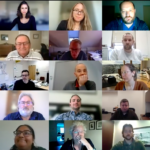


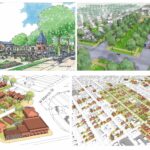

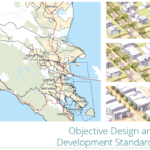
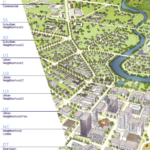
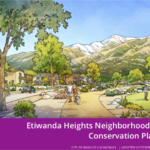
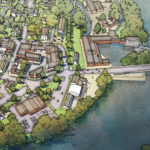



Thank you. Very well thought out and well written.